UAE, Saudi Arabia, Qatar, and Kuwait


By: Reza Taeb
Introduction:
Over the past two decades, the Arab countries of the United Arab Emirates, Saudi Arabia, Qatar, and Kuwait have transformed from peripheral players in the art world to key figures on the global stage. Once overshadowed by their reliance on oil and a limited presence in global culture, this region has now emerged as a vibrant art hub through substantial investments, international events, and support for both local and global artists. The UAE shines with Art Dubai and the Louvre Abu Dhabi, Saudi Arabia with Vision 2030 and festivals like AlUla, Qatar with cutting-edge museums and major art acquisitions, and Kuwait with efforts to preserve cultural identity through galleries and exhibitions—each playing a pivotal role in this evolution.
This rise isn’t merely a product of oil wealth but stems from strategic cultural policies aimed at attracting tourists, elevating the region’s global standing, and fostering creativity among the youth. For instance, in 2025, over 60 percent of participants in the region’s art auctions were under 40, signaling a growing interest among the younger generation. This article explores the most expensive artworks acquired, standout exhibitions and festivals, the role of auctions, and the future of art in the UAE, Saudi Arabia, Qatar, and Kuwait.

The Most Expensive Artworks Acquired: Record-Breaking Moments in the Arab Gulf Realms
The art market in the UAE, Saudi Arabia, Qatar, and Kuwait has witnessed historic transactions in recent years, cementing the region’s place in global art commerce. In the UAE, Christie’s Dubai auctioned Pablo Picasso’s Les Femmes d’Alger in March 2025 for $179 million, setting a record for an artwork sold in the Middle East. Painted in 1955, this piece was acquired by a private Emirati collector, underscoring the country’s ambition to own iconic global works.
In Qatar, the royal family purchased Paul Cézanne’s The Card Players in 2023 for $250 million, one of the priciest art deals in history. Now housed in the National Museum of Qatar, it reflects Qatar’s strategy to become a cultural powerhouse. Qatar also acquired Leonardo da Vinci’s Salvator Mundi in 2017 for $450 million at Christie’s New York, still the most expensive artwork ever sold at auction.
Saudi Arabia joined the fray with Sotheby’s Riyadh in February 2025. At this inaugural international auction in the country, Jeff Koons’ Balloon Dog fetched $91 million, backed by funding from the Neom project, highlighting Saudi Arabia’s push to diversify its economy through culture. Kuwait, though less prominent, saw a private collector purchase Wassily Kandinsky’s Composition VIII for $45 million in January 2025 at a local auction.
Notably, at the February 2025 Riyadh auction, Louay Kayyali’s Then What??, a Syrian artist’s work addressing Palestinian refugees, sold for $700,000, setting a new record for Arab artists and drawing significant attention to regional talent.

Exhibitions and Festivals: Showcases of Creativity in Recent Years
Exhibitions and festivals in the UAE, Saudi Arabia, Qatar, and Kuwait have become platforms for creativity and global engagement. Art Dubai 2025, held in March, was the UAE’s largest art event, featuring over 120 galleries from 55 countries. It showcased works by emerging Middle Eastern artists like Manal AlDowayan alongside global names like Damien Hirst, attracting over 30,000 visitors. The event served not just as a marketplace but as a space for dialogue between artists and collectors.
In Saudi Arabia, the AlUla Arts Festival 2025 in February brought massive installations to the desert. Manal AlDowayan’s Now You See Me, Now You Don’t, crafted with mirrors and light, emerged as a standout piece, gaining widespread attention online. Qatar hosted the Qatar International Art Festival (QIAF) in January 2025, welcoming 70 countries. With a focus on sustainability, it featured environmental installations by Bassam Magdy that earned critical acclaim.
Kuwait’s Contemporary Art Exhibition in March 2025 spotlighted local talent. A piece by Fahad Al-Khatar, inspired by Bedouin culture, sold for $150,000, proving that local art is carving out its own space. These events have not only brought art closer to the public but also boosted the region’s cultural economy.
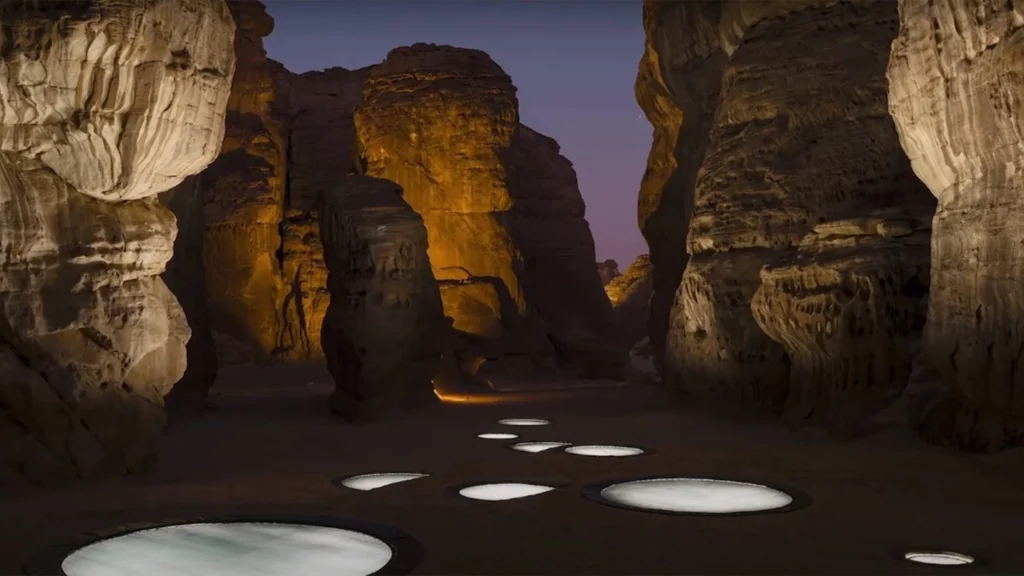
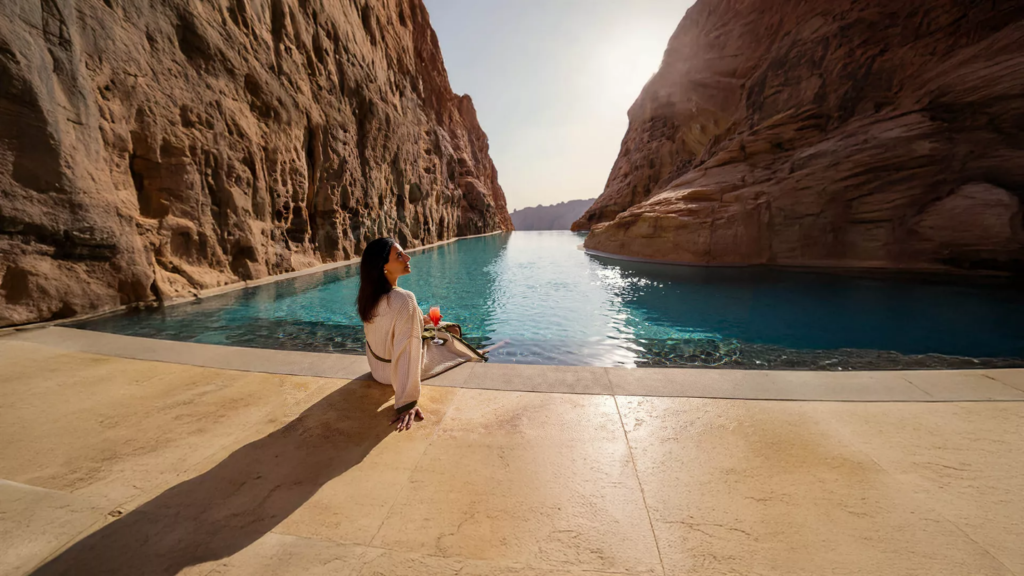
Major Auctions: The Pulse of the Art Market in the UAE, Saudi Arabia, Qatar, and Kuwait
Auctions in the UAE, Saudi Arabia, Qatar, and Kuwait have become the driving force behind the region’s art market. Christie’s and Sotheby’s now maintain permanent bases in Dubai and Riyadh. In March 2025, Christie’s Dubai sold Jean-Michel Basquiat’s Untitled for $103 million, a record for street art in the region, purchased by an Emirati investor, reflecting the high demand for contemporary works.
Qatar’s Doha auctions focus on Islamic and contemporary art. In January 2025, a 14th-century manuscript fetched $15 million, part of the Museum of Islamic Art’s collection, showcasing the region’s rich heritage. Saudi Arabia shook up the market with its first international auction in Riyadh in February 2025, generating $17.28 million in sales with 67 percent of works sold, a strong sign of interest in both Arab and global art.
Kuwait’s smaller auctions, like the Gulf Heritage event in March 2025, offered local artists’ works, reaching $2 million in sales. These auctions have not only fueled the market but also educated and drawn in new collectors, proving that the UAE, Saudi Arabia, Qatar, and Kuwait are no longer just art consumers but active players in its production and trade.
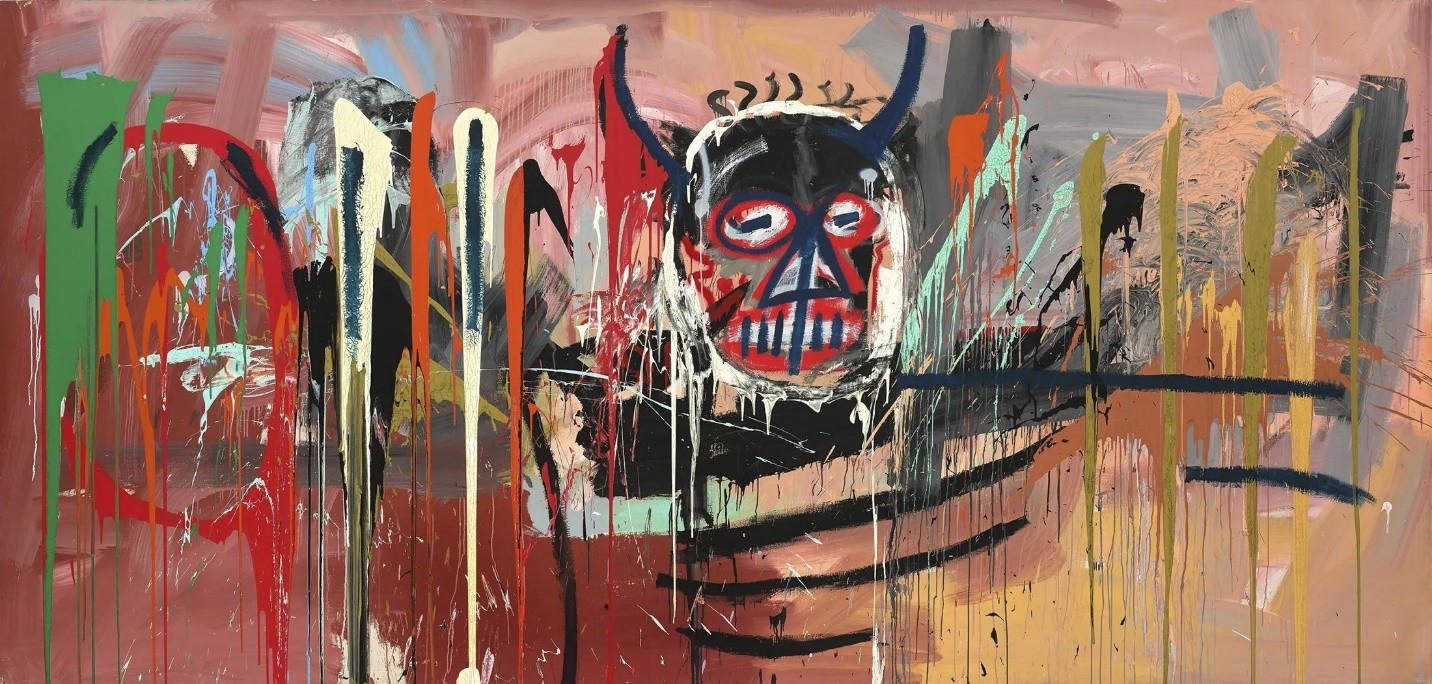
Suggested Link: Christie’s Middle East
The Future of Art in the Arab Gulf Realms: Investments and Innovations
The future of art in the UAE, Saudi Arabia, Qatar, and Kuwait looks bright with ambitious projects and innovations. The UAE, with Saadiyat Island and the Guggenheim Museum set to open by 2030, aims to become the region’s cultural capital, displaying contemporary works with a Middle Eastern focus to attract global tourists. Saudi Arabia, with a $20 billion investment in culture under Vision 2030, is expanding museums and art spaces, with plans for larger events like an Art Olympiad in 2027.
Qatar, through artist residencies and education, is nurturing a new generation of creators, with its museums like the National Museum of Qatar serving as cultural exchange hubs. Kuwait supports local galleries to preserve its cultural identity, giving young artists regional visibility. These efforts signal that the UAE, Saudi Arabia, Qatar, and Kuwait are building a sustainable art ecosystem with potential global impact in the decades ahead.
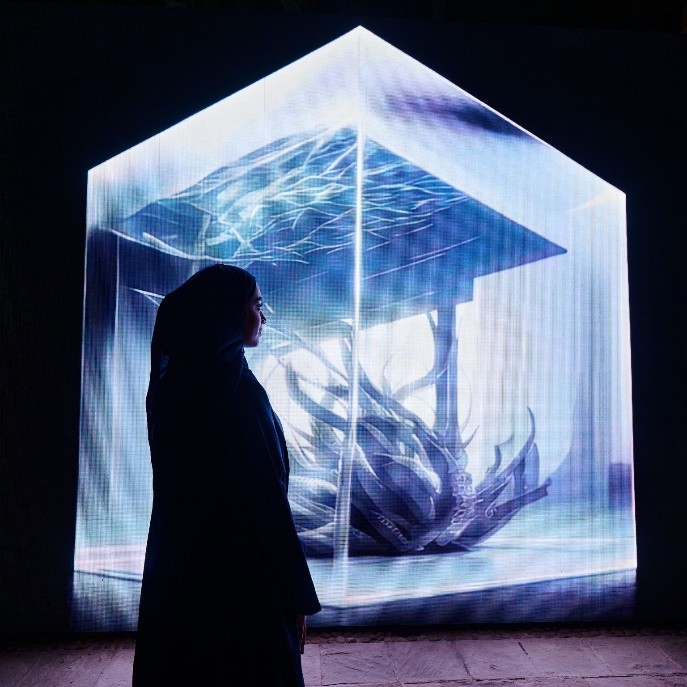
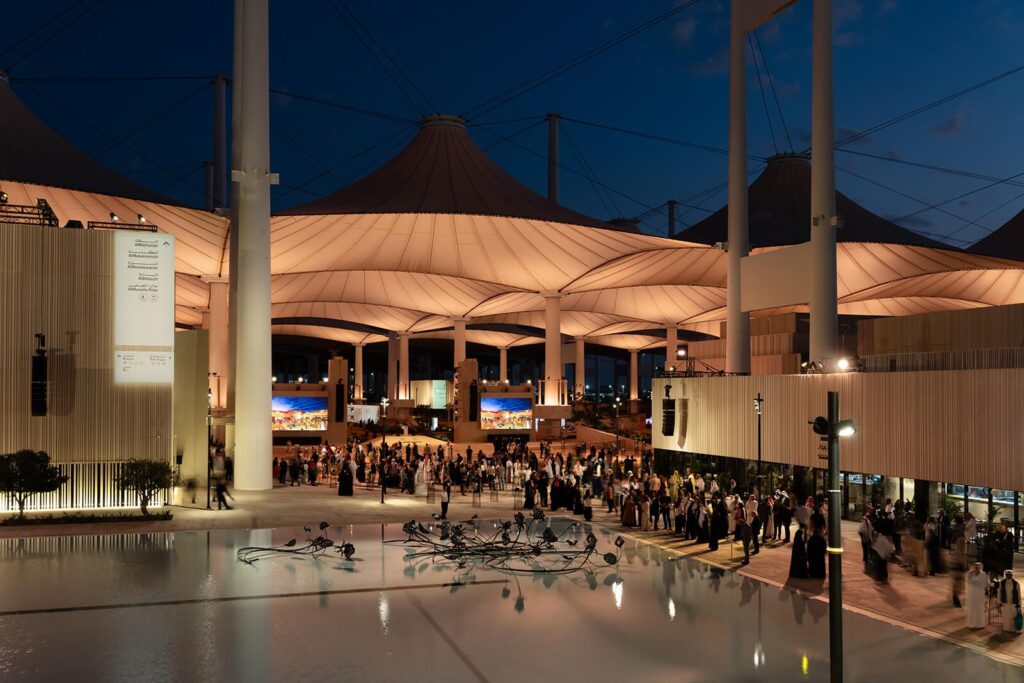

Sources
- Artnet.com (2025) – Data on recent auctions and art sales in the Middle East.
- The Art Newspaper (2024-2025) – Reports on exhibitions, festivals, and cultural investments in the UAE, Saudi Arabia, and Qatar.
- Christie’s (2023-2025) – Official auction records, including sales in Dubai and New York.
- Sotheby’s (2025) – Details of the Riyadh auction and sales figures.
- Qatar Museums (2023-2025) – Information on acquisitions like The Card Players and museum activities.
- Experience AlUla (2025) – Coverage of the AlUla Arts Festival and featured installations.
- Museum of the Future (2025) – Background on exhibitions and cultural significance in Dubai.
- Guggenheim Abu Dhabi (2025) – Updates on the museum’s development and goals.
- Sharghdaily.com (March 2025) – Article on art auctions in the region, including Qatar’s activities.
- BBC Persian (2024) – Overview of the Middle Eastern art market with a focus on the UAE and Qatar.
Related Videos:

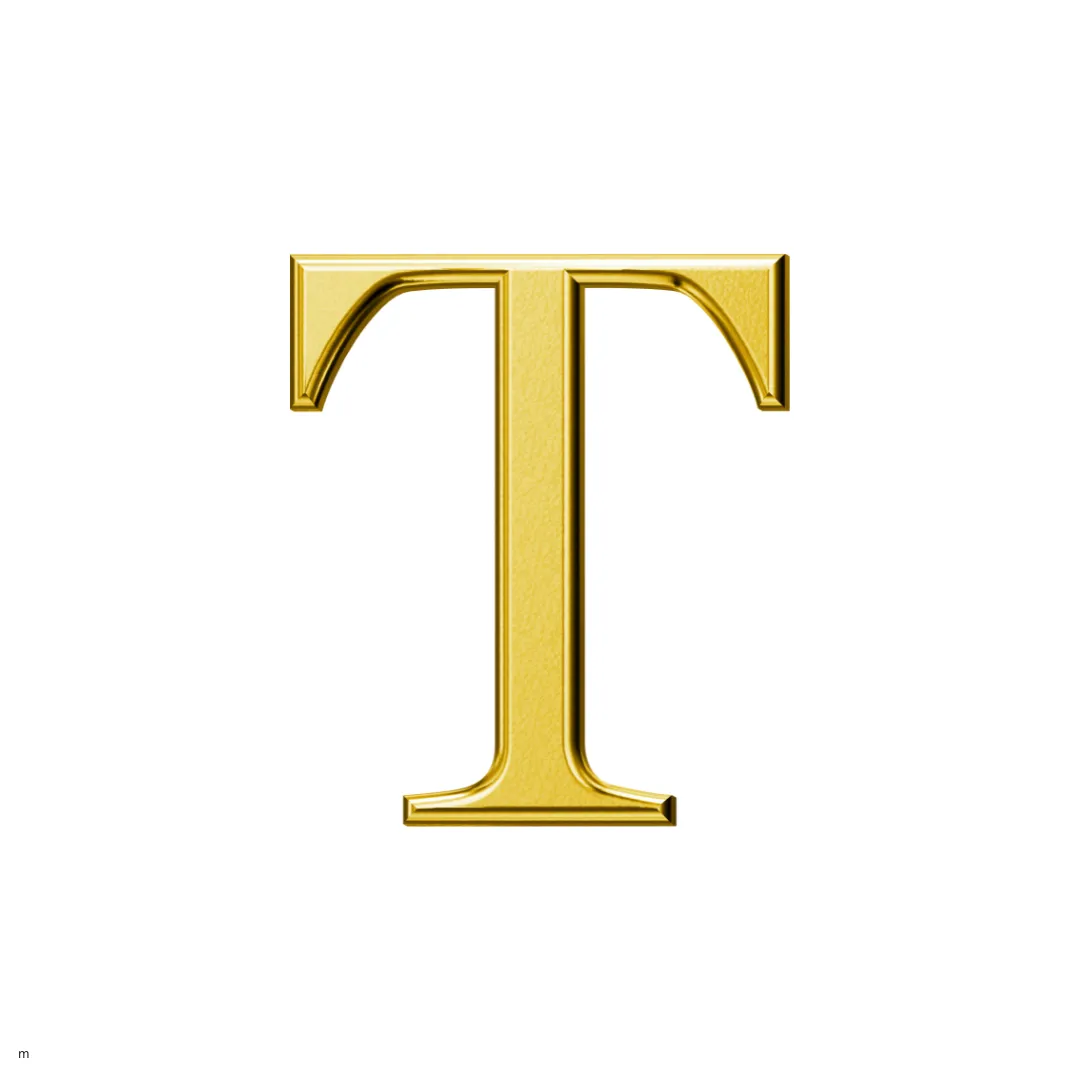


It’s so refreshing to see more representation of other countries and cultures in the art market!
The expanding art scene in these countries is very dynamic and it shows that they are trying
The article was very interesting.
Arab’s presence in culture and art can be felt more than ever before.